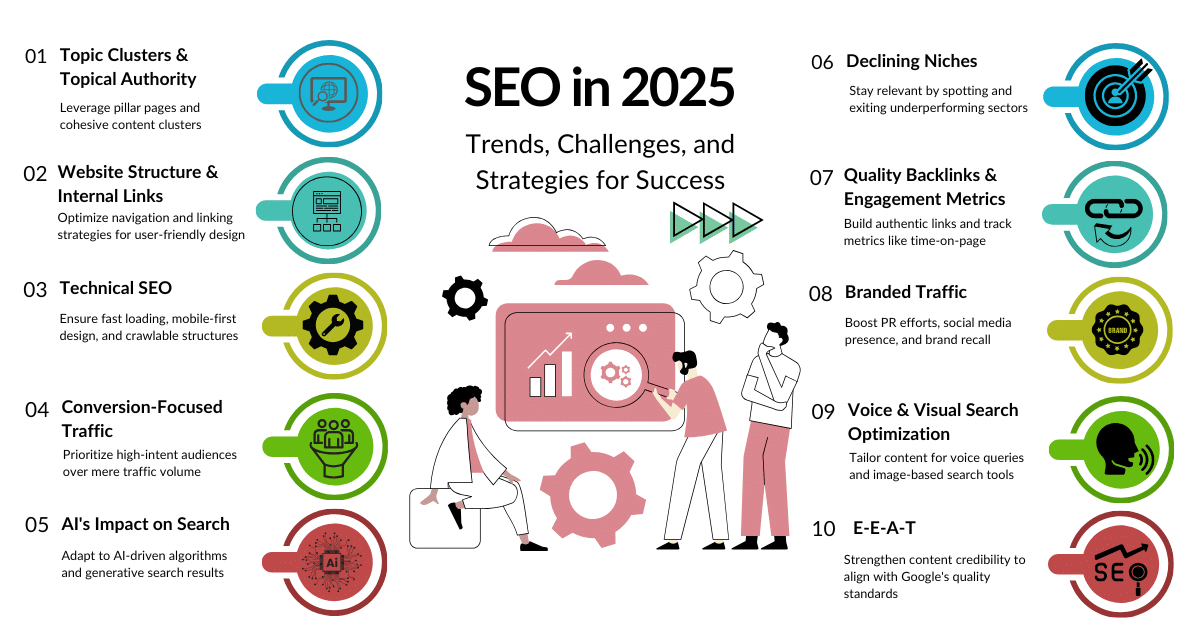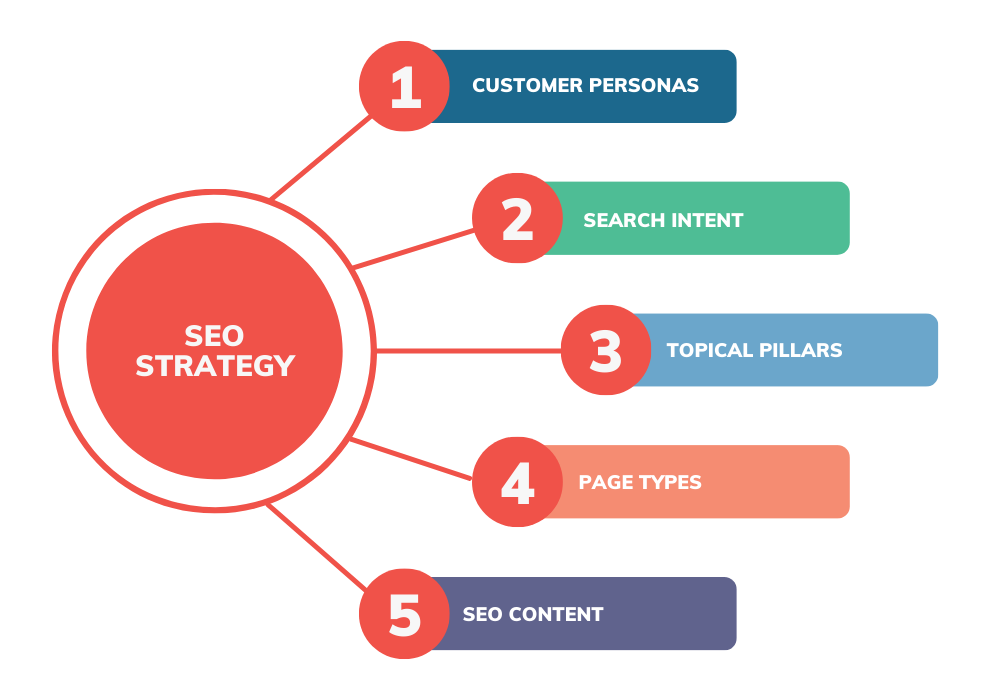Stuffing keywords is nothing new in the world of SEO. In the early 2000s, when Google’s algorithm was relatively weak, many websites ranked by simply using keywords over and over again. But with time, search engines have become smarter.
In 2025, keyword stuffing is a strategy that will destroy your ranking and reduce the reader’s trust in your website.
What’s Keyword Stuffing?
Keyword stuffing is the unnecessary use of the same keyword repeatedly to increase the rank of the website by confusing the search engines.
Example:
“Our top digital marketing service in Bangladesh is unmatched, as it consistently delivers the best results for our clients.”
Here the keyword is repeatedly placed, but the value is not there.
Why is it so dangerous to use keywords?
Google doesn’t just look at keyword matching in SEO in 2025. The more important question is whether the content effectively answers the user’s questions.
1. This shift is due to the Google algorithm update.
- Panda Update (2011): Targeted keyword stuffing for the first time.
- Hummingbird Update (2013): Semantic search is launched.
- BERT Update (2019): Enhances contextual understanding.
- Effective Content Update (2022-present): Prioritizes human-centric content.
- SGE (Search Generative Experience, 2024): AI-driven search is capable of detecting keyword abuse.
👉 Keyword stuffing = direct penalty/low rank..
2. User experience is affected.
People would rather not read keyword stuff. As a result, the bounce rate increases, and engagement decreases.
3. The brand image is lost.
A website full of spammy content does not have the reader’s trust.
4. Voice search and AI search don’t work.
More than 65% of searches in 2025 will be voice-based or AI-suggestion-driven. Keyword stuffing is irrelevant here.
How to Avoid Keyword Stuffing in 2025
✅ Use Semantic SEO & Entities—Use synonyms, LSI, and entity terms.
For example: SEO, search engine ranking, content marketing, etc.
✅ Spell Topic Clusters—Create subtopics around a keyword, such as:
- What is keyword stuffing?
- What should be the keyword density?
- The disadvantages of keyword stuffing
- How to get rid of keyword stuffing
✅ Match User Intent—If the reader asks, “What is keyword stuffing?” give them everything: history, examples, Google updates, and solutions.
✅ Maintain a natural writing flow—Keywords should be placed in such a way that the reader does not see them.
✅ Enrich content—Add infographics, videos, charts, and tables.
BDSBulbulAhmed.com is an example.
Suppose BDSBulbulAhmed.com is writing content about “Keyword Stuffing.”
❌ If the content is:
“Keyword stuffing is keyword stuffing that does not work because of keyword stuffing in SEO.”
This will be considered spam content on Google.
✅ But if the content is:
- The History of Keyword Stuffing
- Here’s how the 2011 Panda Update fared.
- Why is keyword stuffing going to hurt the SGE in 2025?
- Real examples and alternative strategies
- Simple explanations and tips for the user
👉 Then it will be authoritative content, which will not only rank but can also come infeatured snippetst / SGE.
What do you do instead of keyword stuffing?
- Entity SEO—Create content around the topic, not the keyword.
- People also ask questions.
- Use a structured data schema.
- Add EEAT signals—author’s identity, source links, and real examples.
Conclusion
Keyword stuffing was once a shortcut, but now it’s SEO suicide.
👉 If you want your website BDSBulbulAhmed.com to rank in the long term, focus on human-centric, informative, natural, and trend-based content instead of keyword stuffing today.




